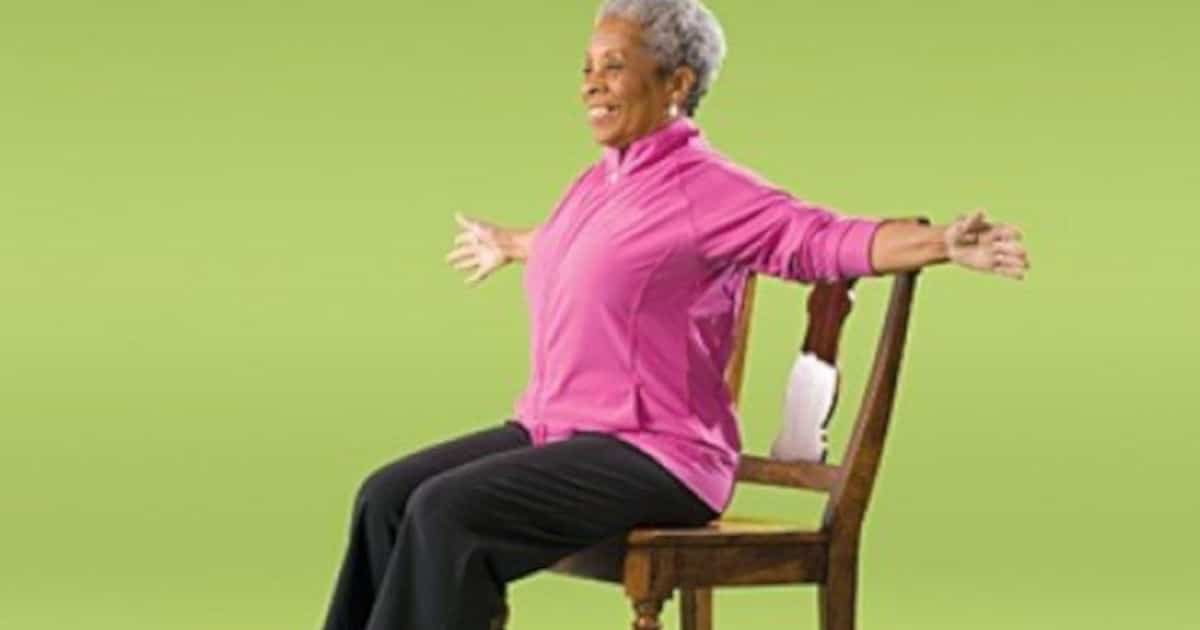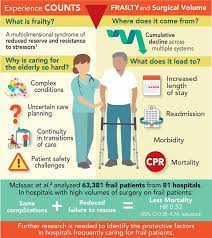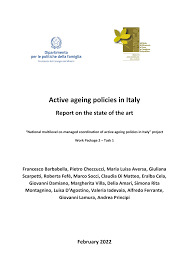
National challenges exist in providing protection services for the aged. The National Committee for the Prevention of Elder Abuse did a survey of the states' Adult Protective Services Programs. This was done for the National Center on Elder Abuse. In 2001, there was a dramatic increase of elder abuse complaints. While the numbers are only a small part of the total number of reports to be analyzed, the study indicates that it is difficult to draw accurate conclusions from limited data.
Adult Protective Services, also known as APS, are public response programs which aim to prevent and respond promptly to reports of abuse or neglect of vulnerable adults. These programs are located within human service organizations and are staffed by social workers. Their activities include conducting investigations, developing case plans, counseling clients, and monitoring service delivery. These activities give vulnerable adults the opportunity to live independently. However, service delivery is complex and has to balance a commitment to protecting a vulnerable adult's right to self-determination with the need to provide a comprehensive range of services.

APS targets and definitions vary from one state to the next. There is no standard. The result has been a confusing array of state and local APS programmes. Most states have adopted a similar model for protecting service delivery. This means that most states have a common model of protecting adult victims. However, the lack of leadership at the national level is evident. This results in a complicated system of local programs that often have different identities and delivery methods.
Researchers, practitioners, advocates, and others have had difficulty obtaining accurate data about the nature and number of cases served by local APS programs. There are two primary reasons for this: (1) the lack of a state-mandated reporting system; and (2) the lack of uniform definitions. The number of APS elder abuse complaints has increased significantly over the past ten years, exceeding the increase in the elderly population.
APS workers contend that excluding elder abusive from the definitions of abuse would reduce resources and marginalize the self-neglecting. Research has shown that the majority of cases handled by APS involve self-neglecting individuals. A complex criminal investigation can also be initiated if self-neglect becomes a problem.
The National Committee for the Prevention of Elder Abuse collected 472,813 reports of adult abuse. The study pinpoints the core areas of maltreatment. This includes neglect, physical abuse and property exploitation. While elder abuse cases have seen a significant increase in the last decade, many other instances go unreported. In addition, studies on the effectiveness of APS are scarce.

The National Association of Adult Protective Services Administrators - a non-profit volunteer organisation that supports the mission of increasing access to services for vulnerable adults - is a not-for profit organization. The organization has a national presence through its state and local APS administrator members. The National Academy on an Aging Society also publishes information that aims at fostering understanding of aging as well as providing guidance for those caring for older adults.
FAQ
What are 5 ways to live a healthy lifestyle?
Here are five ways to lead a healthy lifestyle.
Healthy lifestyles include eating right, exercise regularly, getting enough rest, managing stress, having fun, and eating healthy. Avoiding sugar and unhealthy fats is key to eating well. Exercise strengthens your muscles and helps you lose calories. Good sleep habits can help improve memory and concentration. Stress management reduces anxiety, depression and other symptoms. And finally, having fun keeps us young and vibrant.
What is the difference among a virus or bacterium and what are their differences?
A virus, a microscopic organism that can not reproduce outside of its host cells, is called a virus. A bacterium, a single-celled organism, reproduces by splitting into two. Viruses are very small (about 20 nanometers) while bacteria are larger (up to 1 micron).
Viruses are spread via contact with infected bodily liquids such as urine, saliva, semen and vaginal secretions. Bacteria can be spread by direct contact with infected objects and surfaces.
Viral infections can also be introduced to our bodies by a variety of cuts, scrapes or bites. They can also penetrate the nose, lips, eyes and ears, vagina,rectum, or anus.
Bacteria can get into our bodies through cuts, scrapes and burns, insect bites, or other skin breaks. They may also be introduced into our bodies through food and water as well as soil, dirt, dust, and animals.
Both bacteria and viruses can cause illness. But viruses do not have the ability to multiply within their hosts. They can only infect living cells and cause illness.
Bacteria may spread to other people and cause sickness. They can spread to other parts of our bodies. Antibiotics are needed to eliminate them.
What makes an antibiotic effective?
Antibiotics kill harmful bacteria. Antibiotics are used to treat bacterial infections. There are many types of antibiotics. Some can be taken orally while others can be injected. Others are topically applied.
Many people who have been exposed can be prescribed antibiotics. To prevent shingles, an oral antibiotic may be prescribed to someone who has had chicken pox. Penicillin might also be administered to someone with strep throat. This will help prevent the possibility of developing pneumonia.
A doctor should give antibiotics to children. Children are more susceptible to side effects from antibiotics than adults.
The most common side effect of antibiotics is diarrhea. Other side effects that could occur include nausea, vomiting and dizziness. These symptoms usually go away after treatment ends.
How to measure bodyfat?
A Body Fat Analyzer is the best way to measure body weight. These devices are used for measuring the percentage of body fat in people who want to lose weight.
Statistics
- In both adults and children, the intake of free sugars should be reduced to less than 10% of total energy intake. (who.int)
- WHO recommends reducing saturated fats to less than 10% of total energy intake; reducing trans-fats to less than 1% of total energy intake; and replacing both saturated fats and trans-fats to unsaturated fats. (who.int)
- This article received 11 testimonials and 86% of readers who voted found it helpful, earning it our reader-approved status. (wikihow.com)
- WHO recommends consuming less than 5% of total energy intake for additional health benefits. (who.int)
External Links
How To
27 steps to live a healthy life even if your family eats only junk food
Cooking at your home is one of the easiest ways to eat healthier. This is difficult for people who don't know how to cook healthy meals. This article will provide some helpful tips for making healthier dining out choices.
-
Consider eating at restaurants that serve healthy meals.
-
Order salads and vegetables before ordering any meat dishes.
-
Ask for sauces made without sugar.
-
Avoid fried items.
-
Ask for grilled meats, not fried.
-
If you don't really need dessert, do not order it.
-
You must ensure that you have something more to eat after your dinner.
-
Slowly chew and eat.
-
Drink plenty of water while eating.
-
Breakfast and lunch should not be skipped.
-
Have fruit and veggies with every meal.
-
Use milk, not soda.
-
Avoid sugary drinks
-
Limit the amount of salt in your diet.
-
Try to limit your frequent visits to fast-food restaurants.
-
Ask someone to join if temptation is too much.
-
Make sure your children don't spend too much time on TV.
-
Keep the television off during meals.
-
Do not drink energy drinks.
-
Take regular breaks from the office.
-
Get up early and go for a run.
-
Every day, exercise.
-
Start small, and work your way up.
-
Set realistic goals.
-
Be patient.
-
Even if you don’t feel like it, find the time to exercise.
-
Positive thinking is key.